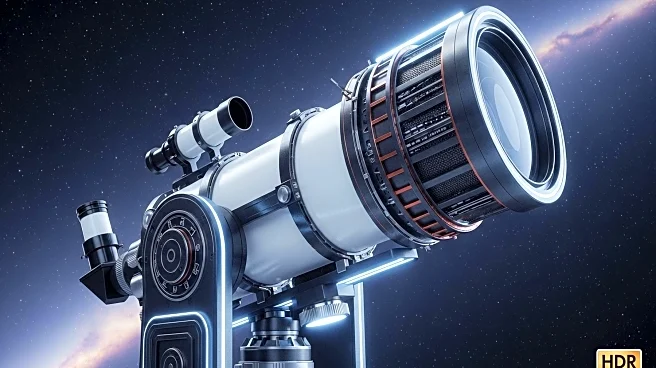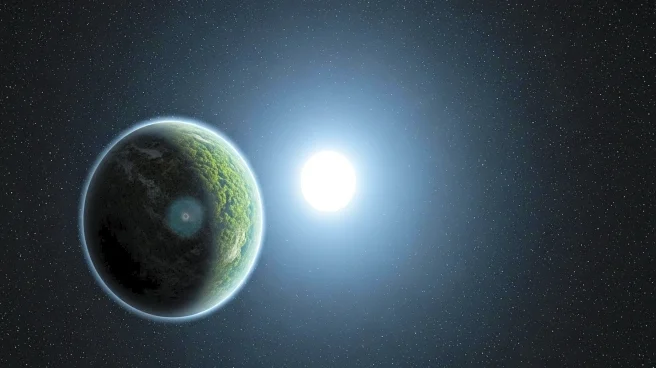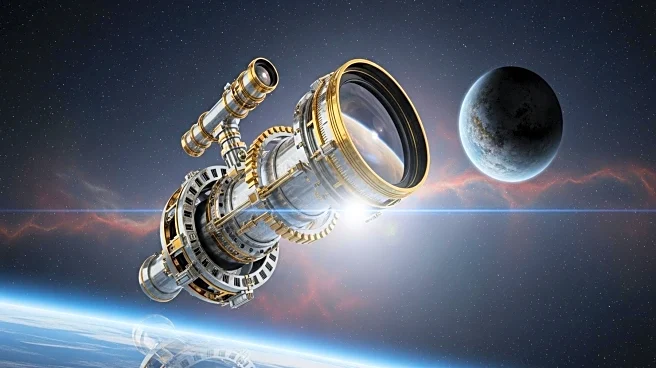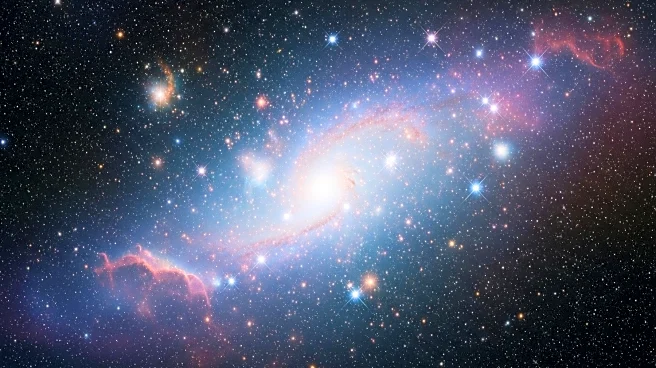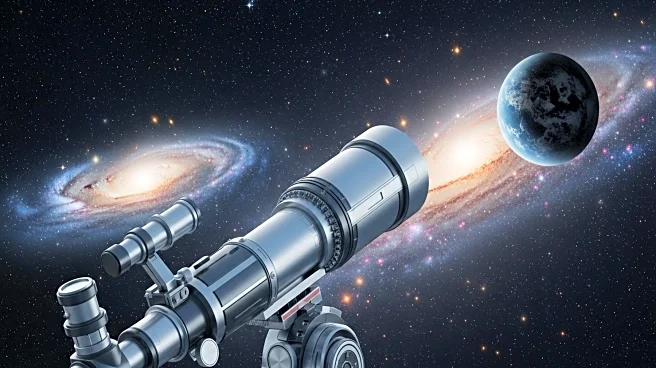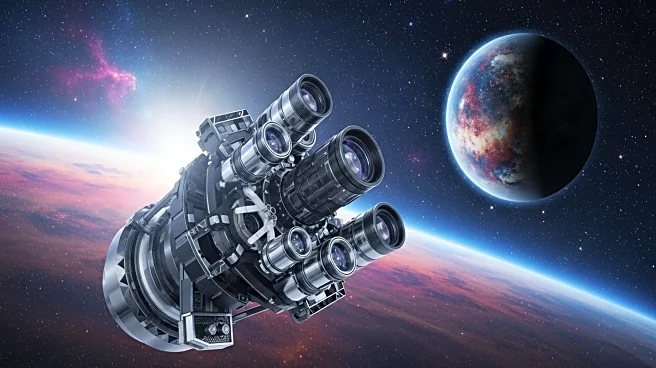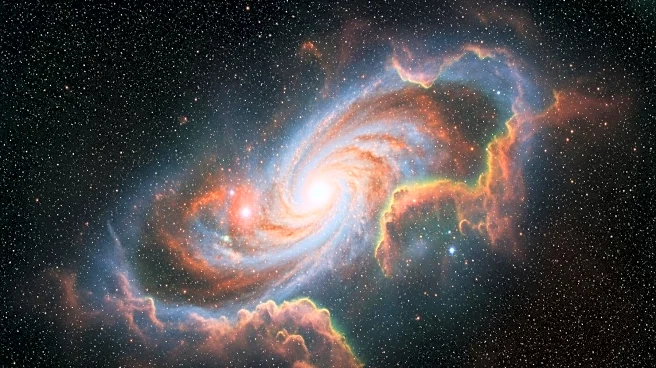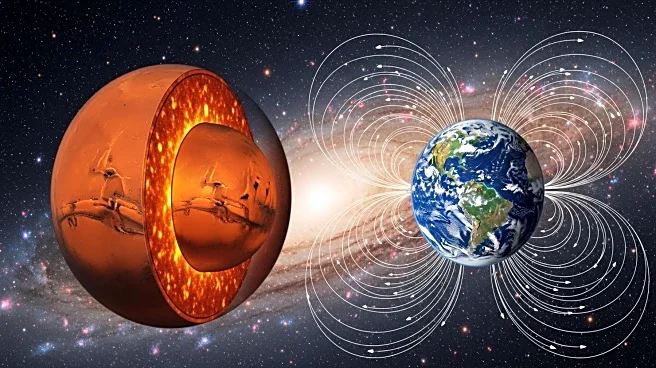What's Happening?
The James Webb Space Telescope (JWST) is revolutionizing the search for habitable alien planets, with scientists focusing on the planet K2-18b, located 120 light-years from Earth. Researchers have detected signs of dimethyl sulfide (DMS) in the planet's atmosphere, a compound associated with life on Earth. However, the detection is contested due to questionable data modeling and statistical significance. Despite skepticism, JWST's infrared capabilities are providing unprecedented insights into exoplanet atmospheres, potentially indicating conditions suitable for life.
Why It's Important?
JWST's ability to analyze exoplanet atmospheres is a significant leap forward in the search for extraterrestrial life. By identifying biosignatures like DMS, scientists can assess the habitability of distant planets, which could lead to groundbreaking discoveries about life beyond Earth. This research impacts astrobiology and planetary science, offering new perspectives on the prevalence of life in the universe and informing future exploration missions.
What's Next?
Further observations of K2-18b are necessary to confirm the presence of DMS and assess the planet's habitability. JWST will continue to study other promising exoplanets, such as those in the TRAPPIST-1 system, to identify potential atmospheres and biosignatures. The telescope's findings will guide future research and exploration efforts, potentially leading to the discovery of extraterrestrial life.
Beyond the Headlines
The search for life on exoplanets raises ethical and philosophical questions about humanity's place in the universe. Discovering life elsewhere could shift cultural and scientific paradigms, influencing education and public perception of space exploration.
